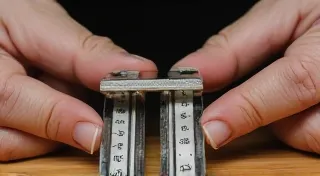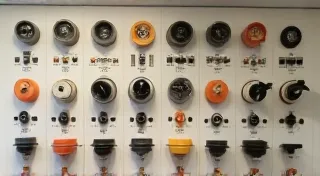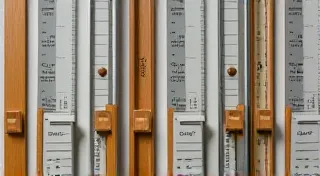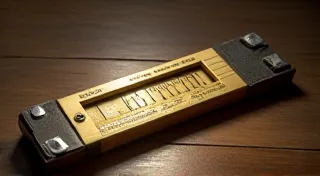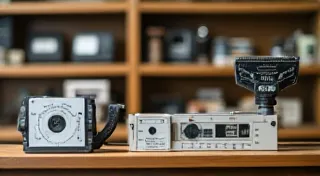Creating a Slide Rule Display: Showcasing Your Vintage Tools
You’re passionate about slide rules, meticulously cleaning, repairing, and preserving these fascinating pieces of engineering history. But simply storing them in a box isn’t doing justice to your collection. A thoughtfully designed display can truly showcase the beauty, artistry, and historical significance of your vintage slide rules. This article explores several ideas for creating a visually appealing and protective display for your slide rule collection.
Why Display Your Slide Rules?
Beyond aesthetics, a display offers practical benefits:
- Protection: A well-designed display can shield your slide rules from dust, scratches, and accidental damage.
- Visibility: It allows you to appreciate the intricate details and craftsmanship of each slide rule.
- Conversation Starter: Your display can spark interest and educate others about these remarkable tools.
- Pride of Ownership: Showcasing your collection is a way to celebrate your passion and dedication.
Display Ideas: From Simple to Elaborate
The complexity of your display will depend on the size of your collection, your budget, and your desired aesthetic. Understanding the historical context of your slide rules can add another layer of appreciation – consider researching the role of slide rules in engineering history to gain a deeper understanding of their impact.
Simple Wall Mounting
For a few prized slide rules, individual wall mounts offer a clean and accessible presentation. Consider using archival-quality mounting board and carefully secured acrylic or glass covers to protect the slide rules from dust and handling. The principles behind how these tools were used are fascinating; for those wanting to understand the calculations beyond basic multiplication and division, a deeper dive into advanced slide rule techniques, like exploring log-log scales, can be illuminating.
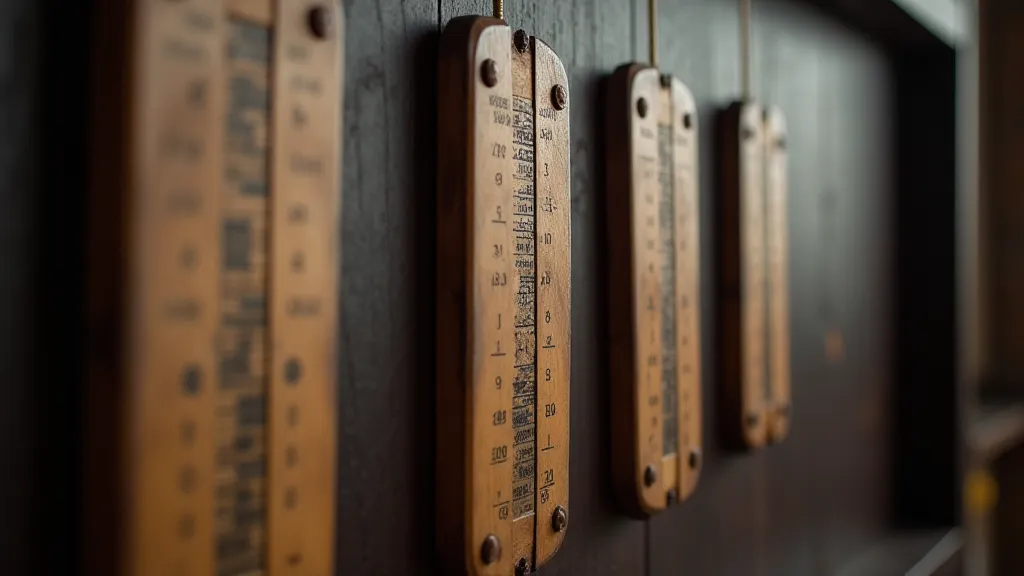
Shadow Boxes
Shadow boxes provide a contained environment, ideal for showcasing a small group of slide rules. Line the interior with felt or archival paper to prevent scratches and provide a luxurious feel. You can include brief descriptions or historical context for each slide rule. Many slide rules are incredibly complex, and occasionally require maintenance or replacement parts. Knowing where to find those pieces can be crucial for preservation; resources like finding replacement parts for vintage slide rules can be invaluable.
Vintage Cabinet or Case
A vintage cabinet or case – perhaps a repurposed machinist’s chest or antique display case – can add a touch of historical charm. This method works especially well if you have a larger collection. Ensure adequate padding and support for each slide rule to prevent damage. Imagine the engineers of the past, relying on these tools daily; troubleshooting issues and solving complex problems. For a quick refresher on common slide rule problems and solutions, it's worthwhile to review fundamental operations and potential pitfalls.

Materials and Considerations
- Archival Quality: Use acid-free materials (cardboard, paper, fabric) to prevent degradation of the slide rules over time.
- Padding & Support: Ensure each slide rule is properly supported and cushioned to prevent damage. Consider custom-cut foam or felt for perfect alignment and protection.
- Lighting: Avoid direct sunlight or harsh artificial light, which can fade the markings and materials. Use diffused or LED lighting for optimal preservation. Proper lighting is key, not only for aesthetic appeal but also for preserving the integrity of the slide rule's markings.
- Humidity & Temperature: Store your slide rules in a climate-controlled environment with stable humidity and temperature levels. Fluctuations can cause the materials to expand and contract, leading to cracking or warping.
- Dust Protection: Implement measures to minimize dust accumulation, such as enclosed display cases or regular cleaning. Dust can be abrasive and contribute to surface wear.
- Security: Consider incorporating security measures, especially if your collection is valuable or if you display it in a public area. Locking display cases or tamper-proof mounting hardware can deter theft.
Beyond the Tools: Adding Context
Enhance your display by including contextual elements. To truly understand the significance of these instruments, consider how they were used and the challenges faced by engineers relying on them. It's easy to take modern technology for granted, but these slide rules were vital tools.
- Historical Information: Add small plaques or labels describing the manufacturers, dates, and uses of each slide rule. Details like the manufacturing location and the original intended user can add a rich layer of historical depth.
- Related Documents: Display original manuals, advertisements, or correspondence related to the slide rules. These documents offer a glimpse into the slide rule's place in the market and its role in engineering practice.
- Engineering Artifacts: Include other vintage engineering tools or instruments to provide a broader perspective on the era. A compass, protractor, or drafting tools can create a more comprehensive display of the engineering process.
- Diagrams and Explanations: Include simplified diagrams illustrating how slide rules work. This can be especially helpful for those unfamiliar with these tools.
Many enthusiasts find themselves needing to resolve issues with their slide rules, from minor recalibrations to more significant repairs. A clear understanding of common slide rule problems and solutions, like identifying and correcting scale errors, can be invaluable.
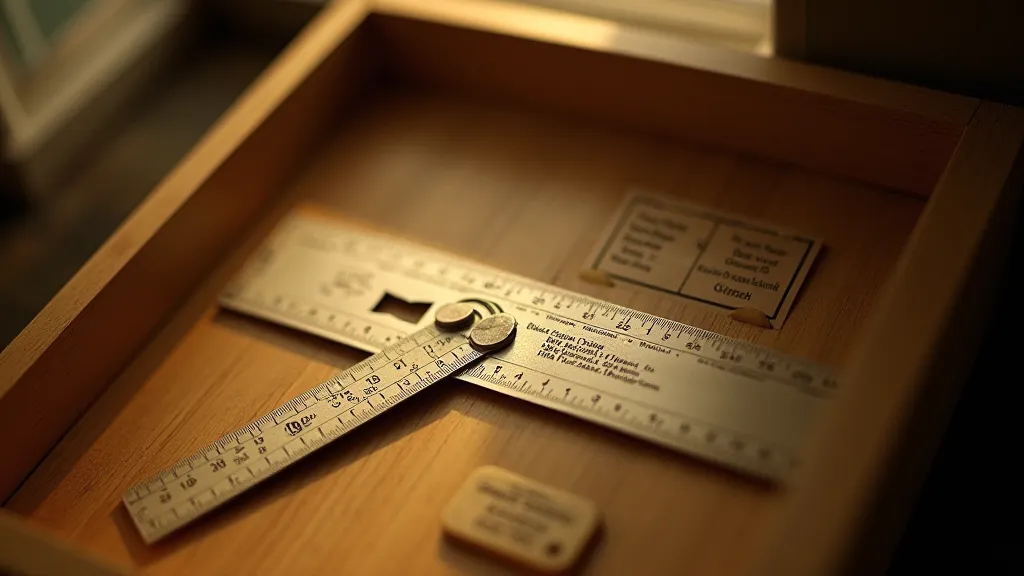
Creating a display for your slide rule collection is a rewarding experience. With careful planning and attention to detail, you can create a beautiful and informative showcase that celebrates these remarkable pieces of engineering history for years to come. Remember that preserving these tools isn't just about aesthetics; it's about safeguarding a vital piece of engineering heritage. For those looking for additional resources or wanting to learn more about specific aspects of slide rule maintenance and repair, exploring online forums and communities dedicated to vintage engineering tools can be incredibly helpful.
The ingenuity of the slide rule’s design continues to inspire awe. Understanding how the principles of logarithms translate to physical scales represents a fascinating intersection of mathematics and engineering. It's an embodiment of practical problem-solving.
